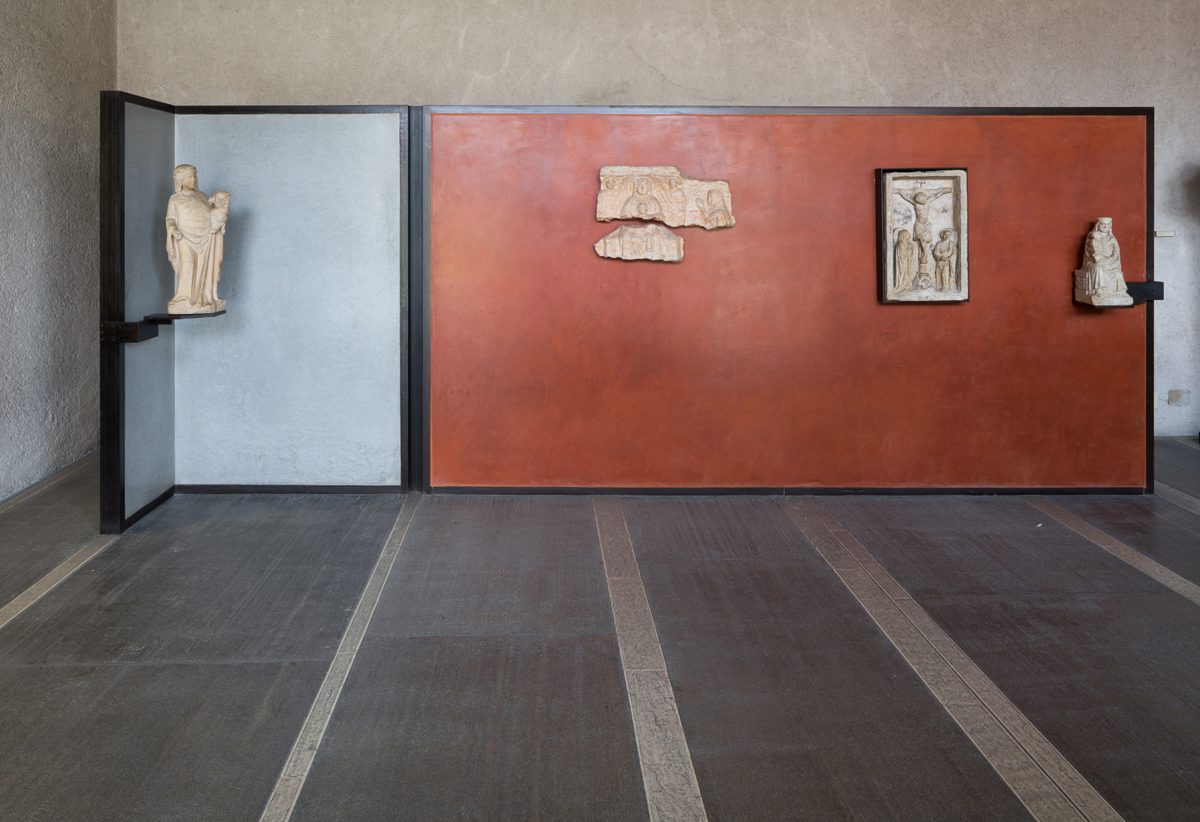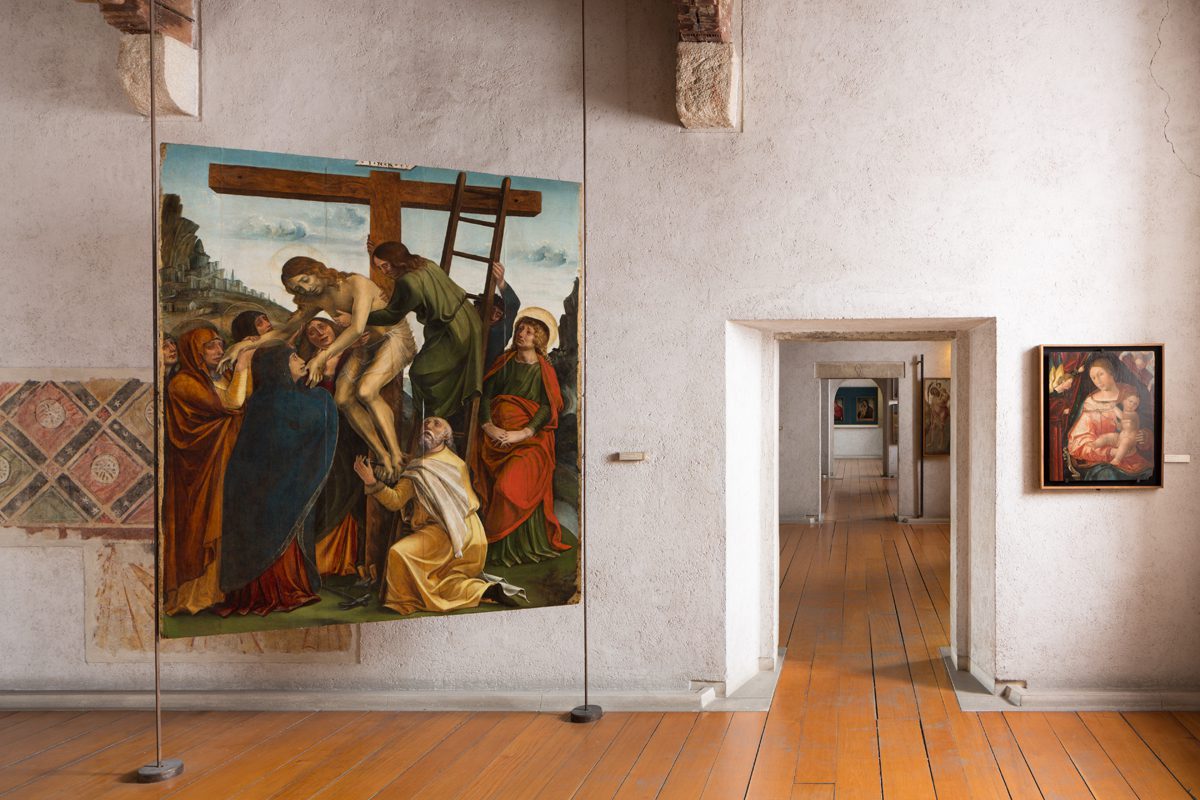Richard Murphy’s Castelvecchio monograph is the definitive guide to Carlo Scarpa’s greatest work, says Robert McCarter

‘Carlo Scarpa and Castelvecchio Revisited’
Richard Murphy
Breakfast Mission Publishing, 384pp, £70
The Venetian architect Carlo Scarpa (1906-78) worked on the Castelvecchio Museum in Verona, Italy, from 1957 to 1975, and the building is arguably his most important work due to the way it engages the primary themes of his architecture – the re-composition of place, the intertwining of time, and the transformation of reality. In the Castelvecchio these themes are exemplified by Scarpa’s creative transformation of an existing building by bringing all the historical layers, including the contemporary, into palpable presence; his engagement of craft traditions and local material culture to construct a subtly nuanced yet deeply moving experience for the inhabitants; and the atmosphere he constructed between the artworks, which he considered to be living beings coming to us from out of our past, and the museum visitor, who experiences them in an intimate, emotional and intellectual relationship. The building exemplifies the manner in which Scarpa put into contemporary practice the 1872 proposition of Viollet-le-Duc: “We must proceed like the Greeks; they invented nothing, but they transformed everything”.
Regarding Richard Murphy’s first, 1990 edition of his book on Scarpa’s Castelvecchio, I wrote in 2013: “This exemplary study, including the measured drawings, remains one of the best books on Scarpa”, a statement that also implied my belief that the book would never be surpassed. Murphy has proved me wrong on the last count with the new enlarged, expanded and exhaustively illustrated edition of what has long been considered the canonical study of the architect and his greatest work.
The most remarkable components of Murphy’s 1990 book were the carefully rendered measured drawings of all the spaces and elements of the Castelvecchio, still the only such documentation of this complex building, and Murphy’s insightful and compelling text, which precisely revealed the historical spatial, material and cultural layers of this astonishing building, and how these were engaged, incorporated and transformed in Scarpa’s design. These key components remain in the new edition, and are now superbly illustrated by comprehensive historical and contemporary photographs as well as reproductions of Scarpa’s remarkable drawings (each one a self-referential archive of material, spatial and constructional decisions), all augmented by new texts that illuminate parallel aspects of the work.
While Murphy both documents the historical layers and presents the contemporary experience of the Castelvecchio, it could be argued that the book’s most important attribute is the way in which it makes evident the continued relevance of Scarpa’s unparalleled manner of engaging historical building fabric and transforming it through simultaneous conception and construction, redefining preservation and restoration in buildings that inextricably intertwine past,
An enfilade view on the top floor of the original palace (or Reggia) culminates in a panel of two Giovanni Bellini Madonnas. Liberale’s ‘Deposition of Christ’ is held between rods, and ushers the visitor towards the exit door.
I have long considered the single-building monograph to be the most compelling and effective way to present the qualities and character of the building, as well as the design process and ordering principles of its architect. Richard Murphy has now given us – yet again – not only the canonical study of the Castelvecchio and its architect, but what will undoubtedly be recognised as one of the most comprehensive and insightful single-building monographs ever published. I am confident in saying that this new edition of Murphy’s book will never be surpassed, for there is nothing left unsaid or unexplored regarding the building or its architect. This book is a true masterpiece, as befits the architectural masterpiece that Murphy so perceptively and propitiously brings into contemporary presence for us, the readers.



















